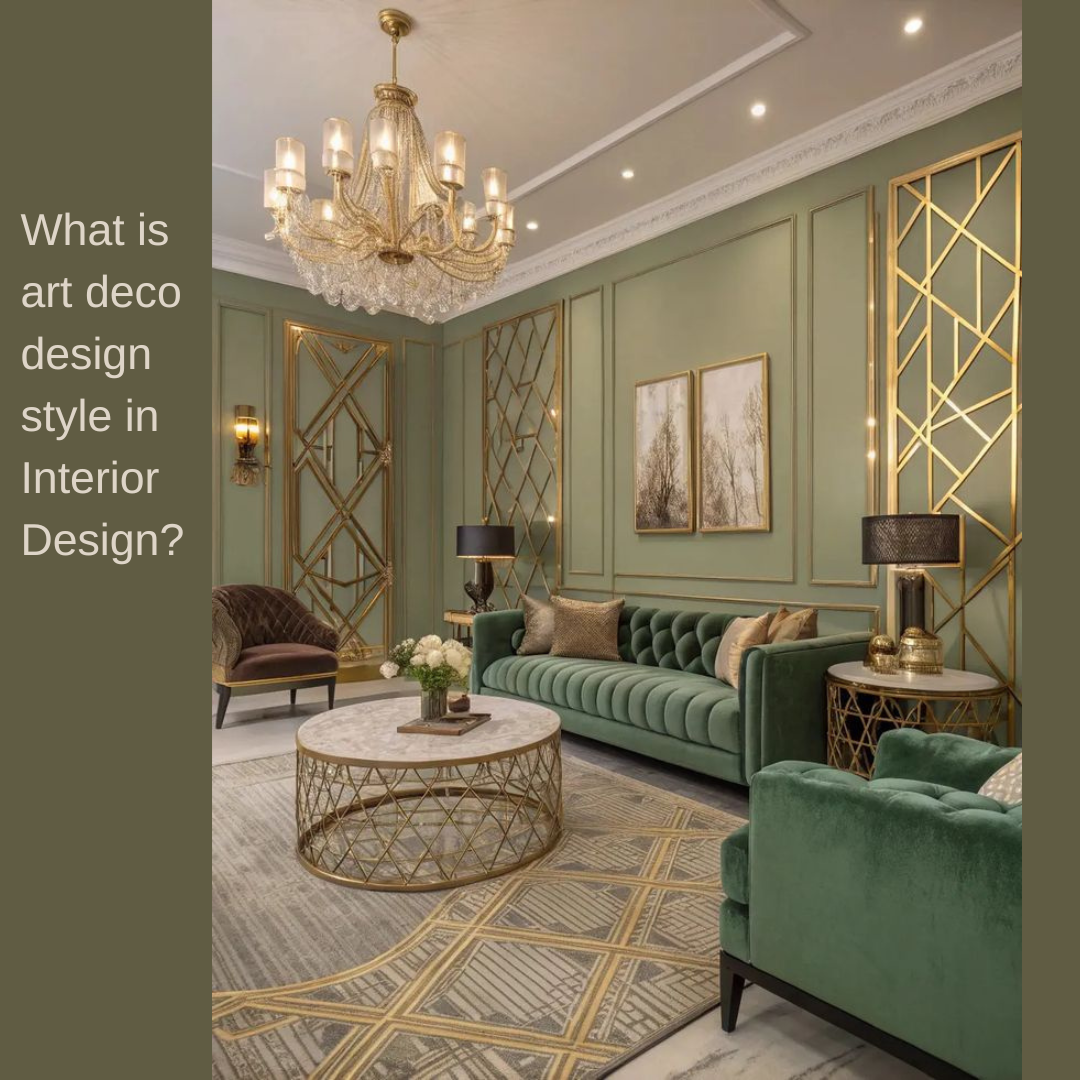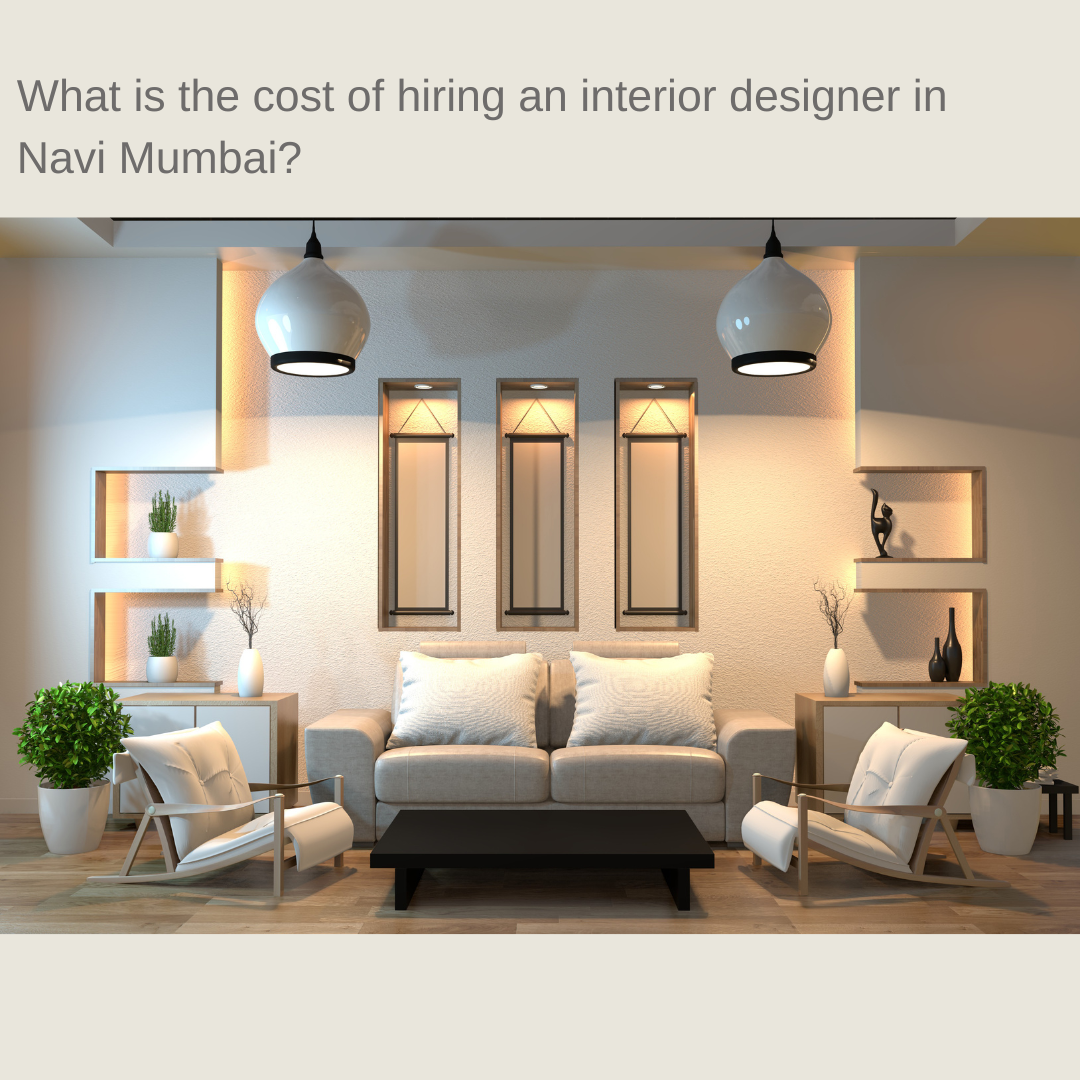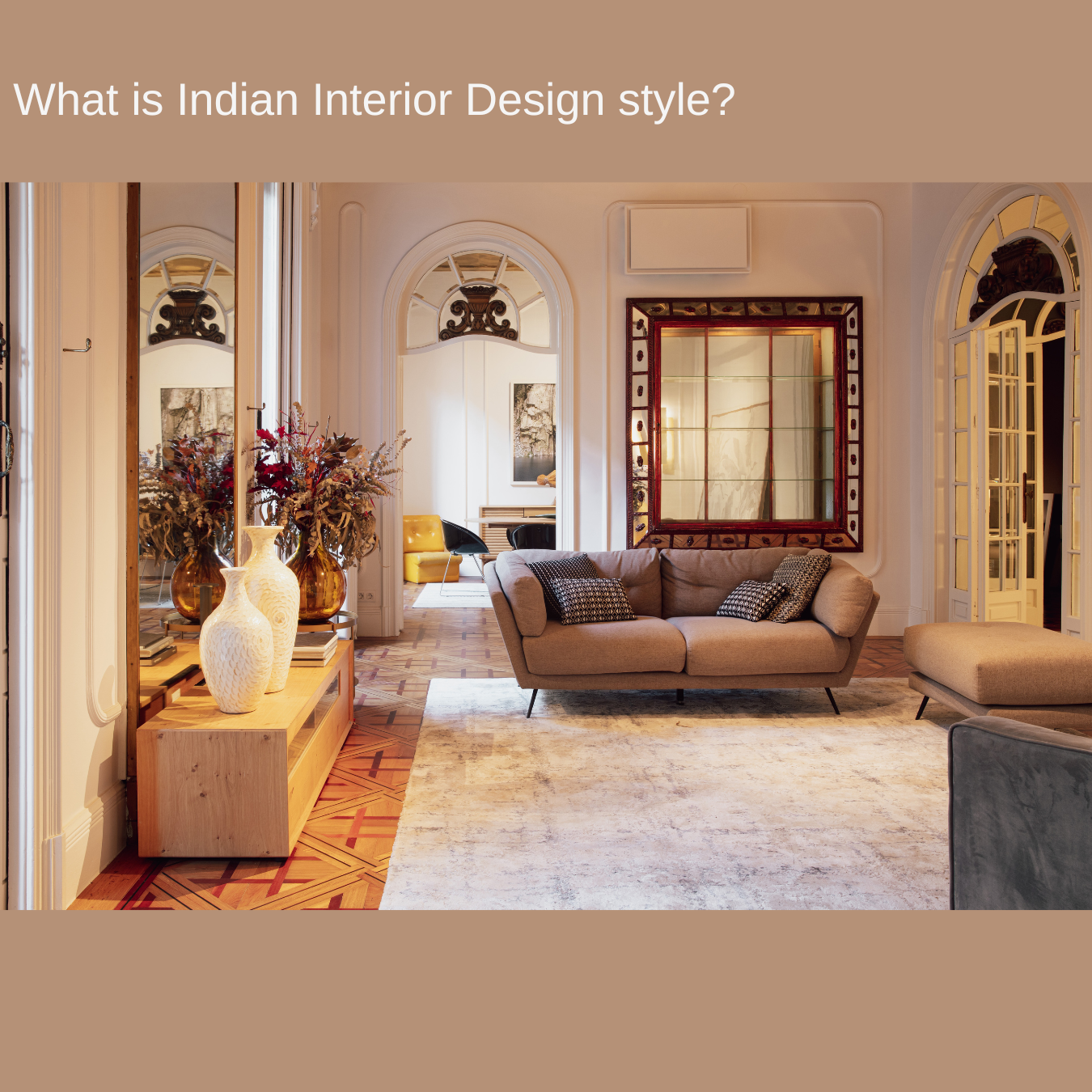Art Deco is a glamorous and distinctive design style that originated in the 1920s and 1930s, characterized by bold geometric patterns, luxurious materials, and a sense of opulence and modernity. In interior design, Art Deco blends functionality with elegance, often making a space feel both sophisticated and dramatic.
Key Features of Art Deco Interior Design:
- Geometric Patterns and Symmetry
- Zigzags, chevrons, sunbursts, and stepped forms are common.
- Symmetry and repetitive motifs are heavily used for a balanced, ordered feel.
- Luxurious Materials
- High-end materials like marble, lacquer, chrome, glass, and mirrored finishes.
- Exotic woods (like ebony or zebrawood) and rich fabrics (like velvet or silk).
- Bold Colors and Contrasts
- Strong color palettes such as black and gold, silver and white, or jewel tones like emerald green, deep blue, and ruby red.
- High contrast is key—light and dark elements are often placed together.
- Metallic Accents
- Chrome, brass, stainless steel, and gold detailing emphasize glamour and industrial modernism.
- Streamlined and Curved Forms
- Furniture and décor often feature smooth, aerodynamic lines with rounded corners, influenced by the machine age and modernist trends.
- Mirrors and Glass
- Reflective surfaces, including large mirrors with geometric or sunburst frames, glass tabletops, and mirrored furniture, enhance light and space.
- Ornamentation and Detailing
- Decorative elements are bold but refined—think stylized flora, nude figures, animal motifs (like panthers or gazelles), or skyscraper-inspired designs.
- Lighting
- Statement lighting like chrome chandeliers, glass sconces, or frosted globe lights reinforces the dramatic flair.
Overall Mood and Influence:
Art Deco exudes glamour, elegance, and confidence, often associated with the luxury of the Roaring Twenties and Hollywood’s Golden Age. It combines the craftsmanship of the pre-modern era with forward-looking, streamlined aesthetics influenced by technology and industry.



